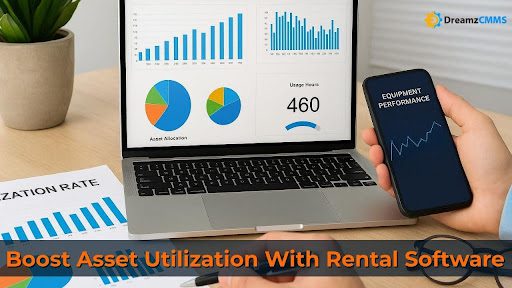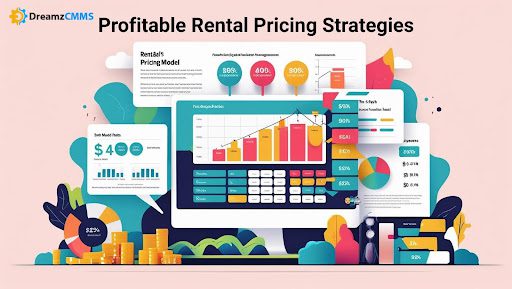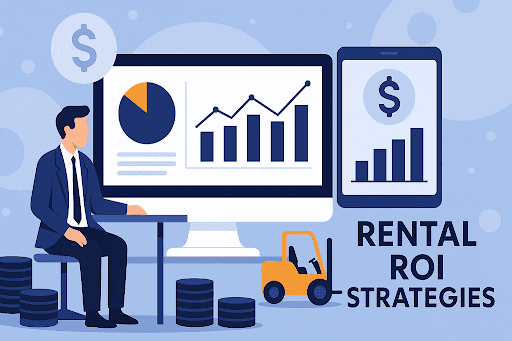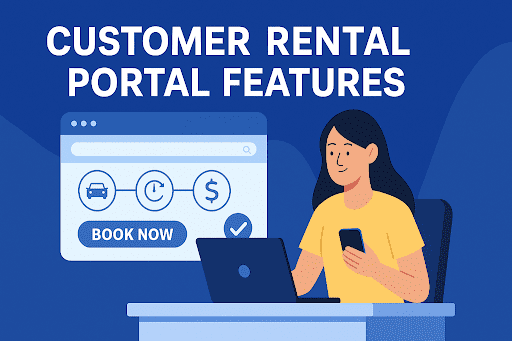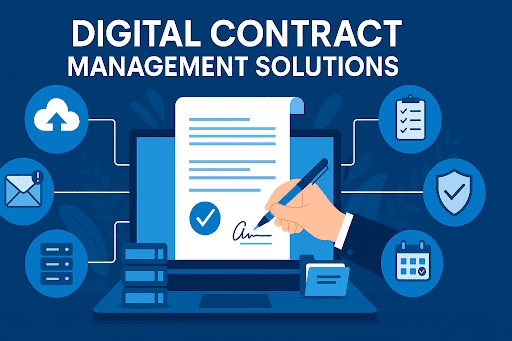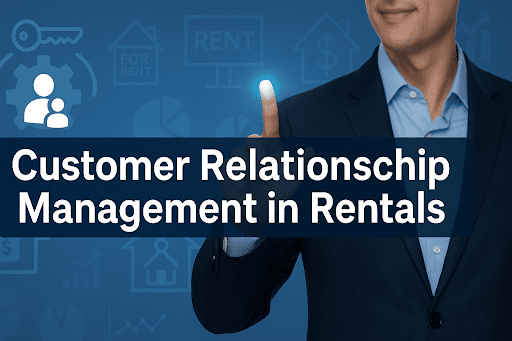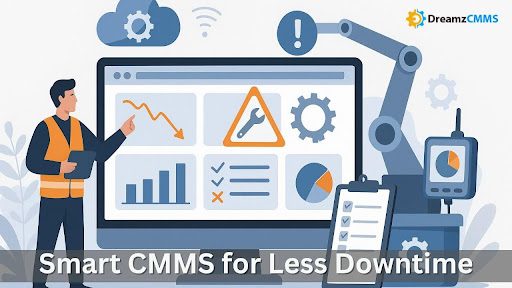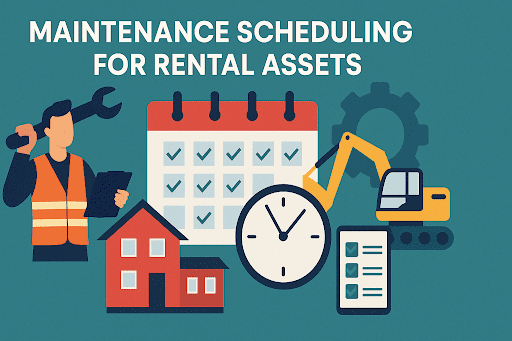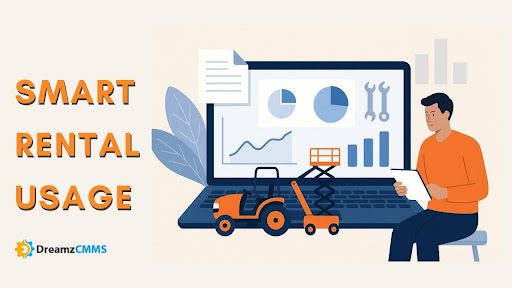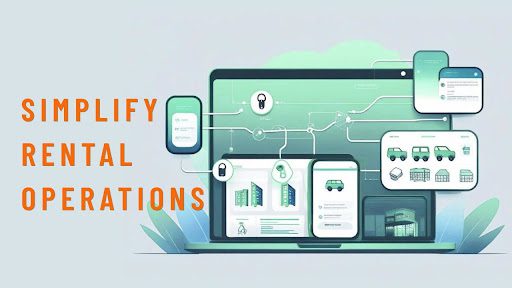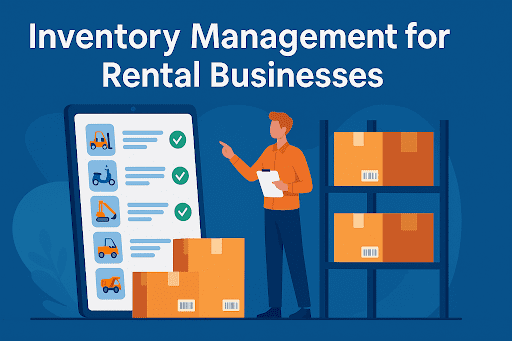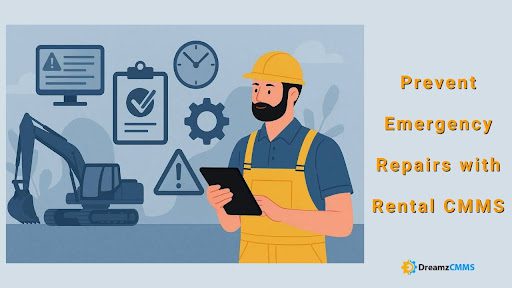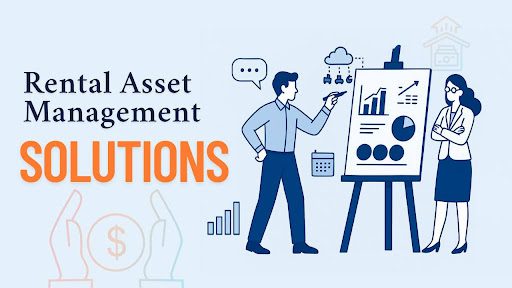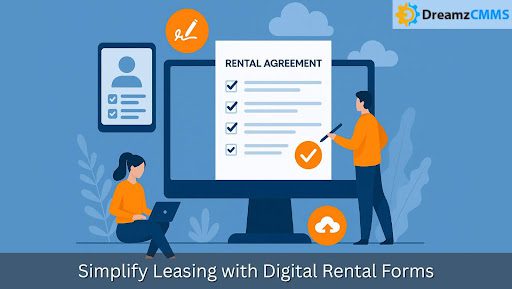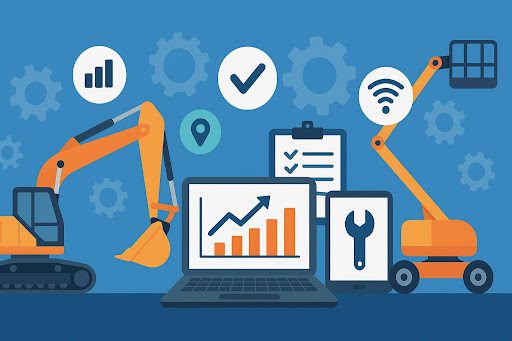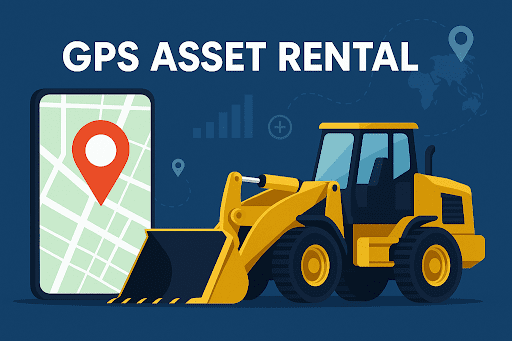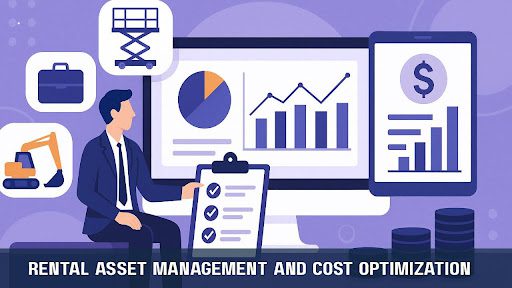 BACK TO Blog
BACK TO Blog
Asset Rental Management
Rental Asset
Rental Demand AI: Forecasting Utilization and Profit Ahead of Time
- July 01, 2025
- DreamzCMMS Team
- 7 minutes read
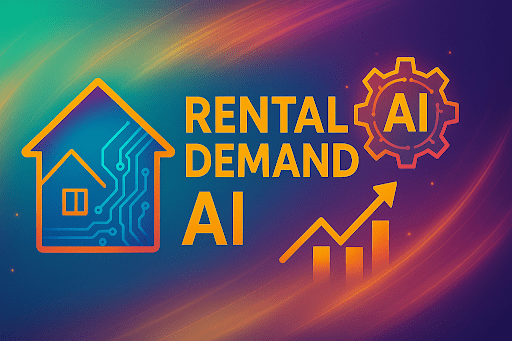
- July 01, 2025
- DreamzCMMS Team
- 7 minutes read
Executive Snapshot
Unexpected demand swings damage margins. Idle assets tie up capital; shortages drive customers elsewhere. Rental demand AI replaces that uncertainty with clear forecasts built on real data. It reads past rentals, seasonal patterns, and local triggers—then projects what will move next week, next month, or next quarter.
| Leadership Priority | Old Method | AI-Driven Approach |
| Demand planning | Spreadsheets and intuition | AI for rental demand forecasting delivers probability-based figures |
| Fleet availability | Manual balancing | AI tools for rental fleet management match assets to precise windows |
| Pricing decisions | Static or reactive | Dynamic pricing based on rental demand AI updates rates before peaks hit |
Strategic edge: When predictions feed directly into platforms like Asset Rental Management Software, teams see recommended transfers, pricing tweaks, and purchase deferrals in one dashboard.
Why Rental Demand AI Has Moved From Idea to Necessity
Most rental businesses once relied on history and intuition. That worked until market volatility rose and asset mixes grew complex. Fast shifts in project timelines, weather, and local regulations began to outpace manual planning. Rental demand AI fills that gap by learning from every past transaction, season, and external signal.
Shifts Pushing Adoption
- Compressed planning windows – Construction schedules change with little notice. AI-powered rental market insights detect early signals and adjust forecasts before orders land.
- Rising carrying costs – Idle equipment erodes margin. Intelligent rental inventory optimization suggests transfers or short-term discounts instead of last-minute purchases.
- Dynamic customer expectations – Clients want accurate delivery dates and real-time status. Real-time rental trend analysis helps sales teams set honest promises without buffering inventory.
How the Technology Works
- Data collection – Past rentals, idle hours, pricing, and regional demand feed one model.
- Feature engineering – Weather, project permits, and macro trends add context.
- Predictive layer – Machine learning for rental utilization ranks likely scenarios and produces percent-confidence forecasts.
- Actionable output – The model surfaces recommendations inside the tools managers already open each morning.
Linking these predictions to Asset Maintenance Management Software closes the loop on service schedules. If the algorithm expects low utilization, maintenance can advance without hurting revenue.
Tangible Business Impact: From Forecast to Bottom Line
Good predictions only matter when they translate into stronger margins or lower costs. The examples below show how rental demand AI changes day-to-day performance without forcing teams to rebuild their workflows.
1. Matching Supply to Real Demand
Rental businesses often face a difficult question: how much equipment should each location carry? When too many assets sit idle, capital is wasted. When too few are available, opportunities are lost. Through data-driven demand prediction in rentals, companies can align inventory levels with projected activity not outdated assumptions.
What Changed:
- Idle asset days declined by over 8%
- Rush order frequency dropped significantly
2. Pricing That Responds to Market Pressure
Demand patterns shift quickly, but static pricing models rarely keep pace. Dynamic pricing based on rental demand AI enables businesses to adjust rates before traffic peaks. This strategy preserves customer loyalty while increasing average yield.
What Changed:
- Higher revenue during peak rentals (up to 7% gain)
- Maintained consistent booking volume
3. Better Asset Placement Across Locations
Branches with surplus inventory create unnecessary transport costs. Those facing shortages experience fulfillment delays. By using AI in rental supply chain decisions, businesses can forecast these gaps early. Integrated tools like Facility Management Software schedule transfers before issues emerge.
What Changed:
- Faster inter-depot moves (12% improvement)
- Reduced fuel and logistics overhead
4. Maintenance That Aligns with Rental Gaps
Downtime for servicing can interrupt peak cycles. When paired with forecast data, Asset Maintenance Management Software helps teams identify quieter windows for inspections or part replacement. Service is completed with minimal revenue impact.
What Changed:
- Maintenance compliance improved by 9%
- Unexpected breakdowns decreased
| Metric | Before AI | After AI Implementation |
| Utilization Rate | 68% | 77% |
| Revenue per Unit | $1,150 | $1,230 |
| Same-Day Fulfillment | 72% | 88% |
Align Demand Forecasting with Real Asset SchedulesKnowing when demand will shift is only useful if your assets are ready to move. That means linking AI forecasts directly to how equipment is maintained and deployed.Use predictions to guide availabilityAvoid service conflicts with high-demand periods Plan ahead without overcommitting resources Explore how smarter forecasting connects with DreamzCMMS to keep your business agile and ready no matter what comes next. Schedule a demo |
How to Introduce Rental Demand AI Without Disruption
Shifting to AI-powered forecasting does not need to be complex. Teams that succeed often begin with a narrow goal, gather the right data, and scale only after they see results. Rental demand AI becomes useful not by changing everything, but by improving what already exists.
Start With the Right Problem
Every business has one area where forecasting would help most. It may be a mismatch in inventory, inconsistent pricing, or delays in asset transfers. Pick one. Tools that offer predictive analytics for rental businesses work best when the use case is focused.
Build From Data You Already Have
Usage records, contract history, and regional patterns form the base for AI models. Many companies using Construction Project Management Software already have this data available. No extra tools are needed to start.
Test Before You Roll Out
Before using AI at scale, run a limited trial. Apply the model to one location or a single asset category. Monitor how closely the system’s forecasts match reality. If accuracy improves, expand. If not, adjust the model and try again.
This low-risk approach works well with systems like DreamzCMMS, where AI suggestions can appear inside the workflows your teams already use.
Plan for What Happens Next
When predictions become consistent, connect them to your operations. For example, if the model expects demand to drop, maintenance can be scheduled. If it shows a price spike ahead, rates can adjust early. These small moves add up over time.
Summary for Leadership
Start small. Build on your data. Watch the results. AI can help, but only if it fits the way your teams already work. With the right tools and the right starting point, rental demand AI can lead to faster decisions and better asset control without slowing anything down.
Conclusion: Less Guesswork, Better Results
Every rental business deals with changes in demand. When those shifts are hard to predict, decisions become harder too. Rental demand AI helps by showing patterns before they turn into problems.
It does not replace your team’s experience. It adds to it. With better signals, you can move equipment sooner, adjust pricing on time, and plan service when it makes sense.
This is not about using more tools. It is about making the tools you already use work smarter. The changes may feel small, but over time, they lead to stronger results with less risk and less waste.
Additional ReadsFor deeper insights on improving rental operations, explore these related resources:
|
Explore What Smarter Planning Looks LikeIf you want more control over how your rental assets are used, priced, and maintained, now is the time to see what AI can do for you.Test real forecasts using your own dataSee how rental demand insights fit into your existing tools Start small with no risk or long-term setup Request a Free Demo and find out how rental demand AI can help your team make faster, smarter decisions every day. |
Ready for More?
Talk to one of our CMMS experts and see how DreamzCMMS can simplify your maintenance operations.
Book a free consultation